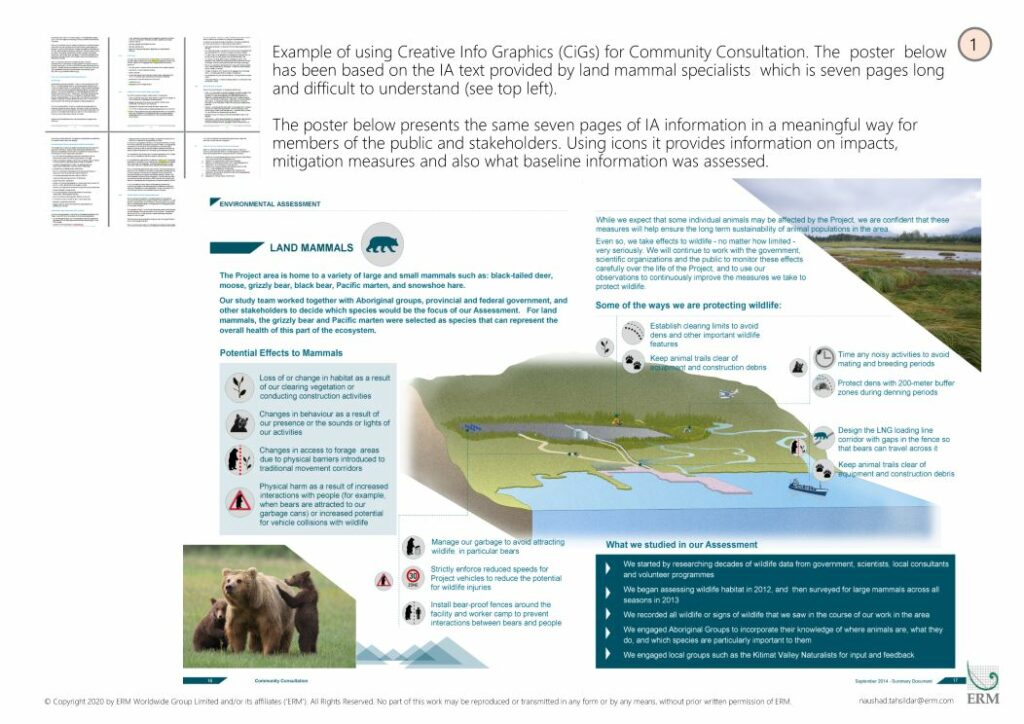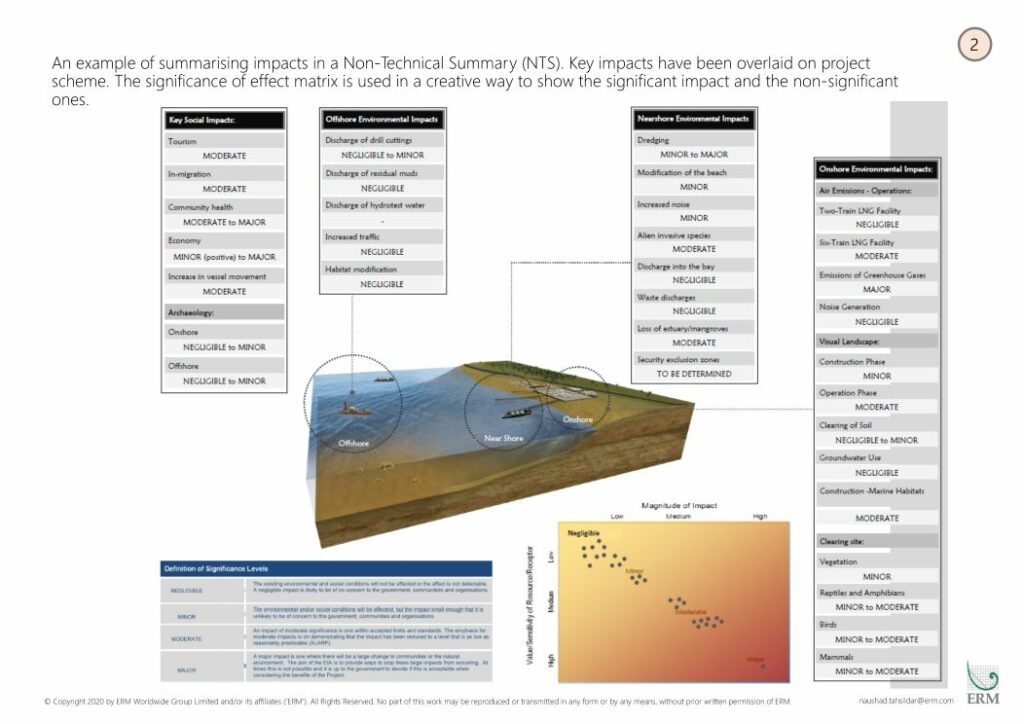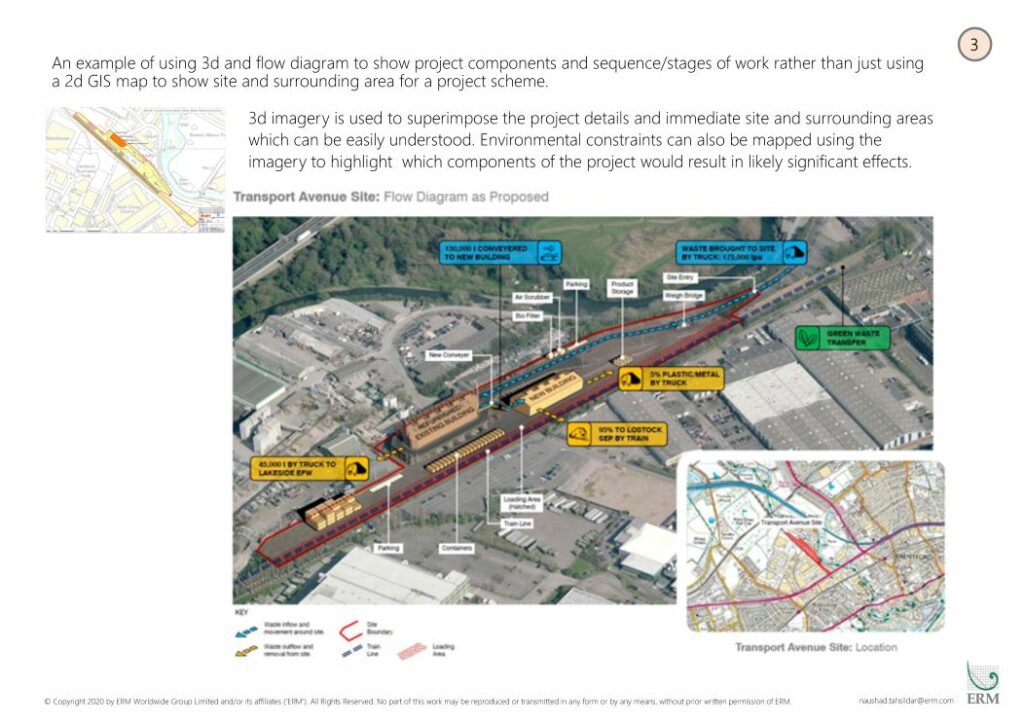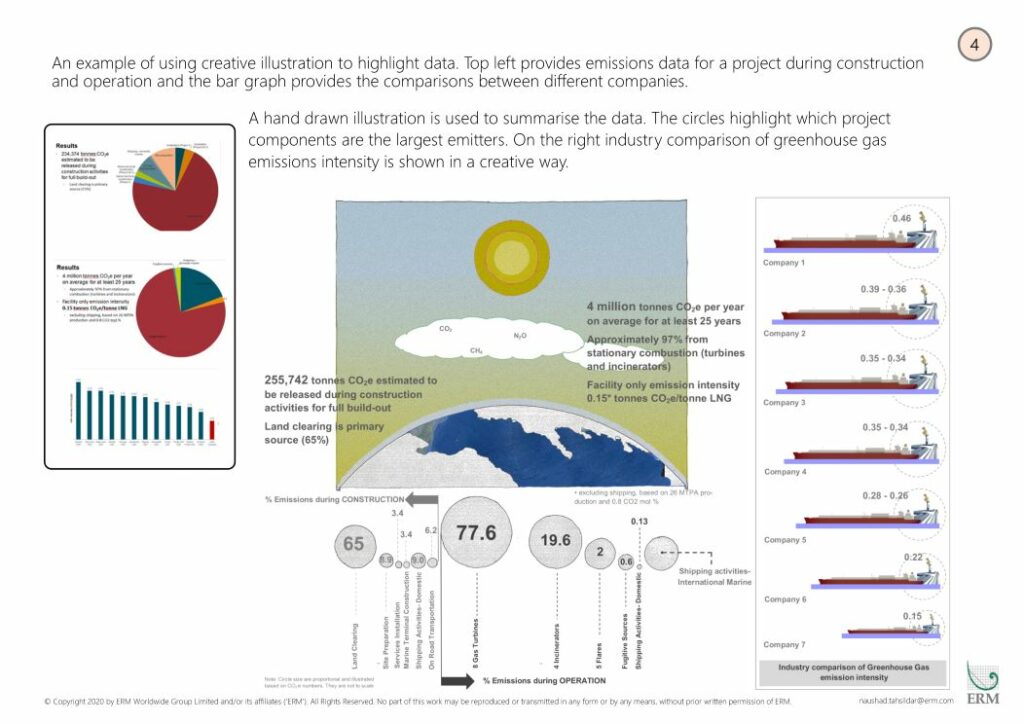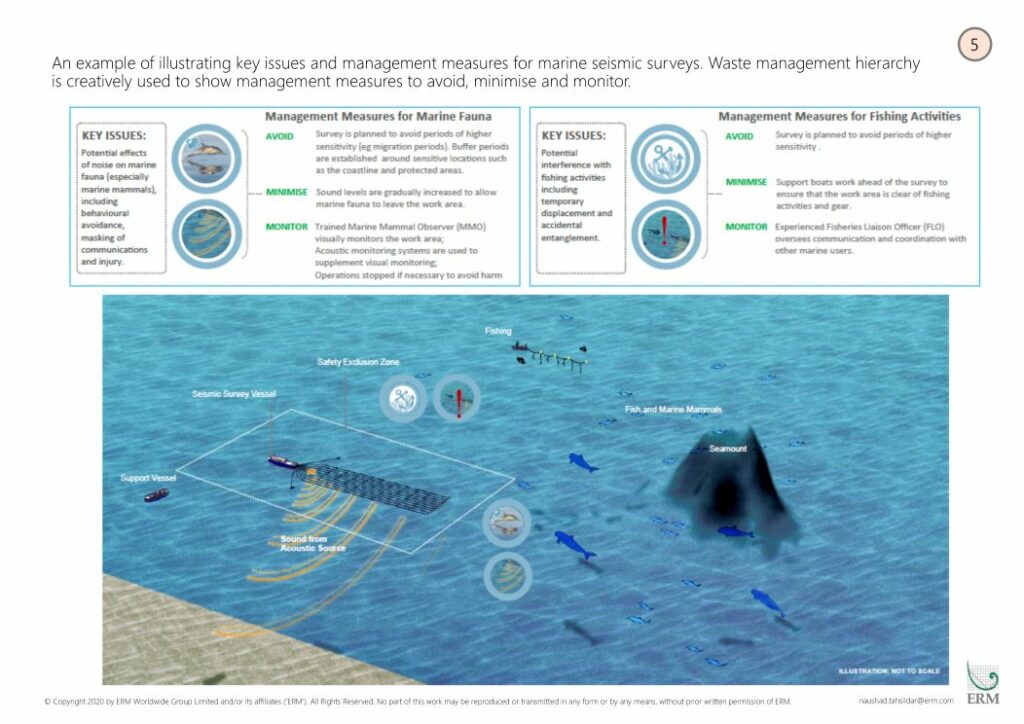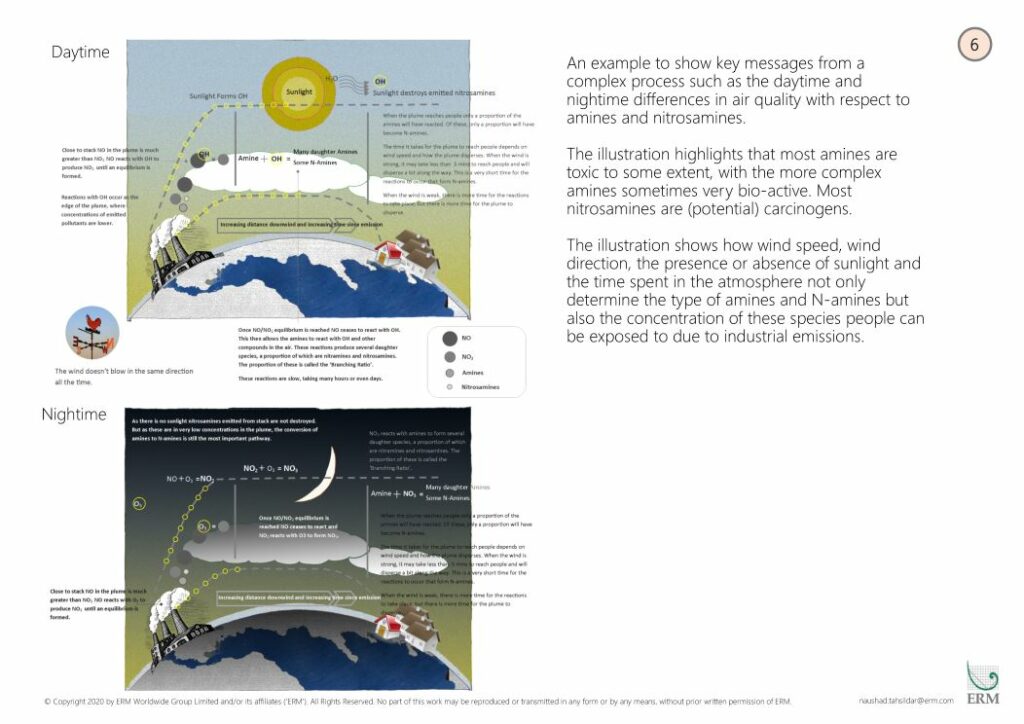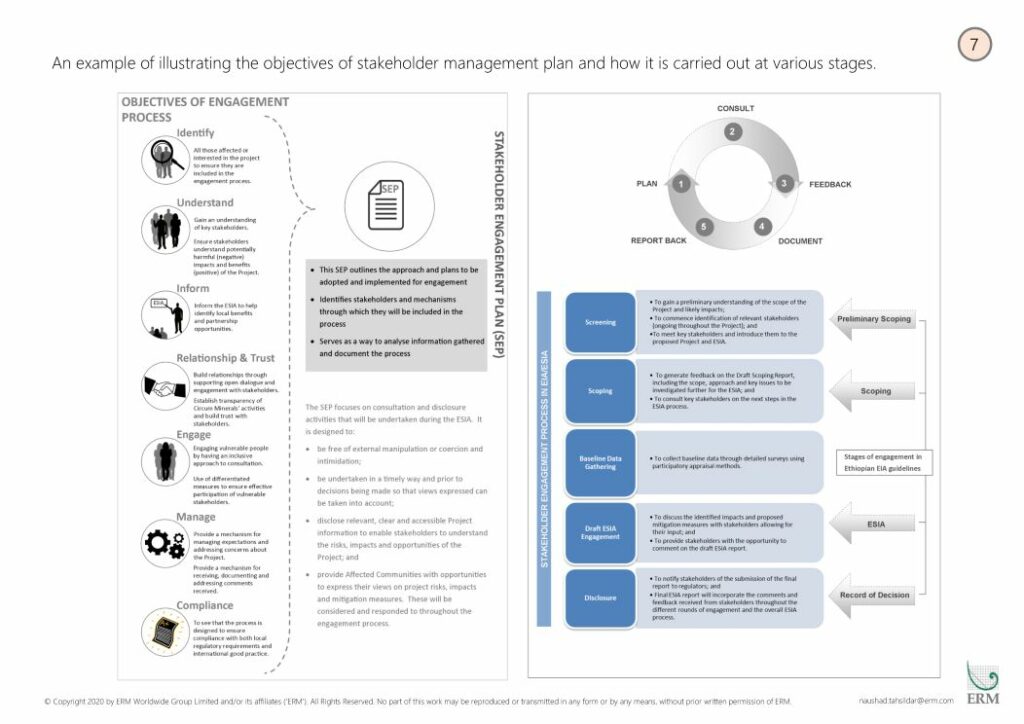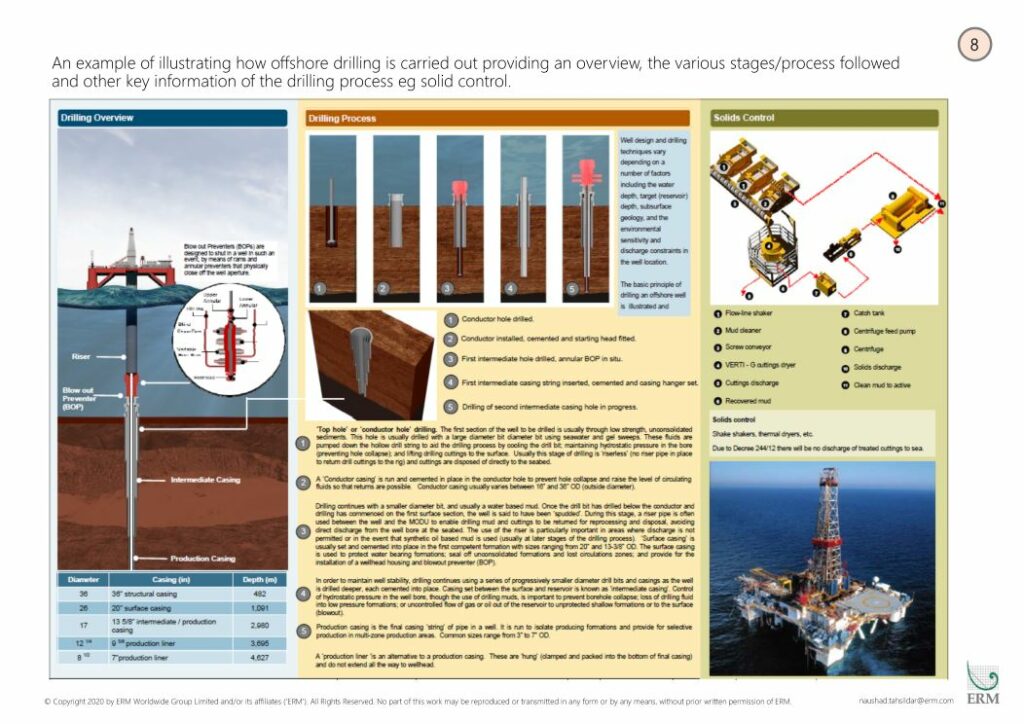Naushad Tahsildar
B.Arch., MSc (Urban Planning), MSc (Spatial Planning/EIA), MIEMA, CEnv
Principal Environmental Consultant
ERM
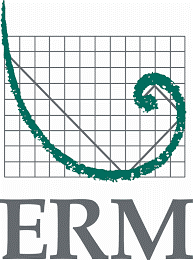
A picture is worth a thousand words
This famous English language adage meaning that complex and sometimes multiple ideas/processes can be conveyed by a single image or illustration is often a hugely missed opportunity in IA. Effective communication is key to IA and CiGs are a powerful tool for achieving this kind of effectiveness, particularly in modern society where we have less time and are increasingly familiar with digesting information in more succinct, creative and visual ways.
CiGs are concise visual representations of technical information and processes used to express complex ideas and diverse data as simple conceptual diagrams. They can be either static or interactive/dynamic, and comprise data/charts, images or illustrations and icons alongside text. CiGs can easily be integrated into IA reports (both PDF and web-based) and can also be used for public consultation materials.
This article discusses how CiGs can be embedded and implemented in IA practice and how in making information more accessible and understandable can lead to better IA outcomes.
A creative approach in practice
The uses of CiGs vary depending on the nature of the Project and a creative approach would need to apply at the early stages of the project. The following are some examples in which CiGs can be applied to a project or a complex process:
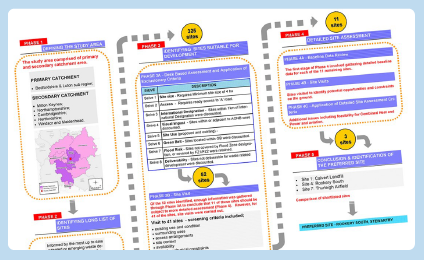
Conceptualisation – in their simplest form, CIGs can explain complex processes in a clear and concise way; using conceptual diagrams to show relationships between project goals, working methods and regulatory frameworks. Report structures, goals and outcomes can be translated into easy-to-read diagrams, showing the whole process at-a-glance.
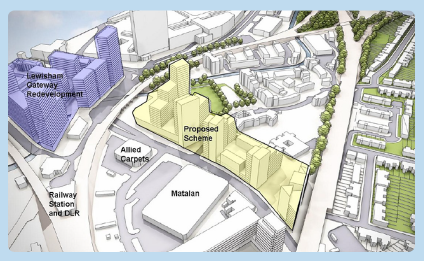
Integration and presentation – more advanced info-graphics can integrate key project information, such as traffic flows, usage figures and technical processes into site-specific illustrations. The effects of change can be presented in situ, demonstrating contextual relationships and the impacts on the locality using imageries and real time information.
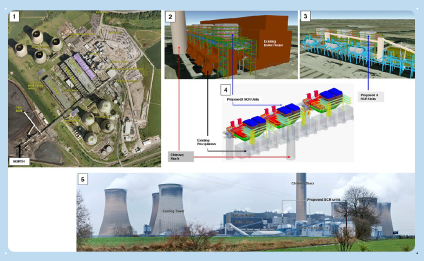
Visualisation and communication – the visual nature of CIGs aids communication across boundaries. Visual representations of processes can bridge differences in technical knowledge or even language barriers. This makes CiGs a particularly useful tool for community consultations, or where translations are required and information would need to be presented in a simple language.
Examples of CiGs
Plugging the gaps
Infographics should not be just ‘pretty pictures’ or extractions of large amounts of words in a figure. A poor infographic could be misleading if it is confusing and therefore requires skilled creative inputs. Summarising technical information in a creative way is a skilled task and needs support of creative professionals. In practice, a creative approach should be developed by a graphic/creative content specialist with a good understanding of technical content or jointly with EIA professional(s) with a creative flair. Strong liaison between EIA technical discipline specialists and a professional graphics lead is critical for a creative process which can bring benefits throughout the IA process.
The creative professionals within the IA project team should be able to understand the technical content, pick out the key messages and then be able to present that information in a creative way using a variety of skills and software available for creative work such as Microsoft Publisher, Abode InDesign, Photoshop and Illustrator. More efforts and emphasis should be placed to understand who the audience is and where non-technical or jargon-free language is required, such as a Non-Technical Summary of an EIA. Where creative professionals are not available in-house, efforts should be made to collaborate with external creative professionals.
The benefits of creative outcomes
If CiGs and a creative approach are incorporated into IA as described above, it is likely to bring numerous positive outcomes. Extensive and imaginative use of CiGs can reduce IA reports in scale and make them easier to understand by their target audiences. This can mean that consenting authorities, regulators, businesses, NGOs, community groups and members of the public understand more quickly and more fully what a development project is about, what its impacts would be and how these will be managed.
Such benefits can justify or offset any additional time and costs. The experience of ERM has been that using a creative approach at early stages of the EIA process has led to less concerns from stakeholders and regulatory bodies, significant reduction in review time and avoid misunderstandings between the client, project core team and technical disciplines. This has all led to significant cost savings for the projects where a creative approach was applied and has the potential to speed up consenting processes.
There is also no reason why greater use of CIGs should conflict with meeting statutory requirements or guidelines for IA – the EIA directive (2014/52/EU) acknowledges the need for EIA reports to be more understandable and streamlined. In doing this CiGs also support the proportionate EIA agenda.
CiGs play a crucial role in streamlining the IA process and should be an integral part of the Digital IA process. With a right approach and the help of creative professionals and industry, CiGs in future could bring in a new outlook for EIAs.


